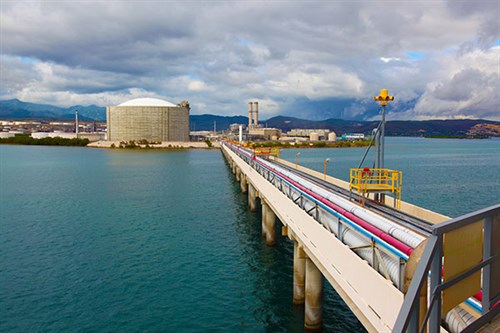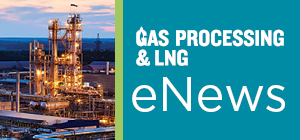FERC approves LNG import terminal expansion in Puerto Rico
The US Federal Energy Regulatory Commission (FERC) has agreed to a plan to expand the intake capacity of an LNG import terminal in Puerto Rico. The project could increase the number of LNG tanker loads received yearly from approximately 24 to 40.
EcoEléctrica LP operates LNG import, storage and regasification facilities at Guayanilla Bay in Peñuelas, on the south shore of the island. EcoEléctrica aims to increase the sendout capacity of its LNG terminal by 93 MMcfd, to a total of 279 MMcfd.

One of two existing spare LNG vaporizers will be put into place at Guayanilla Bay, thereby increasing LNG intake and regasification capacity.
According to the US Energy Information Administration, the Guayanilla Bay terminal receives most of its LNG supply from Trinidad and Tobago's Atlantic LNG export facility.
After the expansion is completed, EcoEléctrica will deliver 186 MMcfd of regasified LNG to the Puerto Rico Electric Power Authority's Costa Sur power generation plant, nearby the Guayanilla Bay import terminal.
EcoEléctrica will use the remaining 93 MMcfd of regasified LNG at its cogeneration plant.

- ExxonMobil halts 1-Bft3d blue hydrogen project in Texas
- Aramco and Yokogawa commission multiple autonomous control AI agents at Fadhili gas plant
- Ukraine will resume gas imports via Transbalkan route in November
- Mitsubishi to inject $260 MM into Brunei LNG project
- Freeport LNG (U.S.) on track to take in more natgas on Thursday after unit outage



Comments